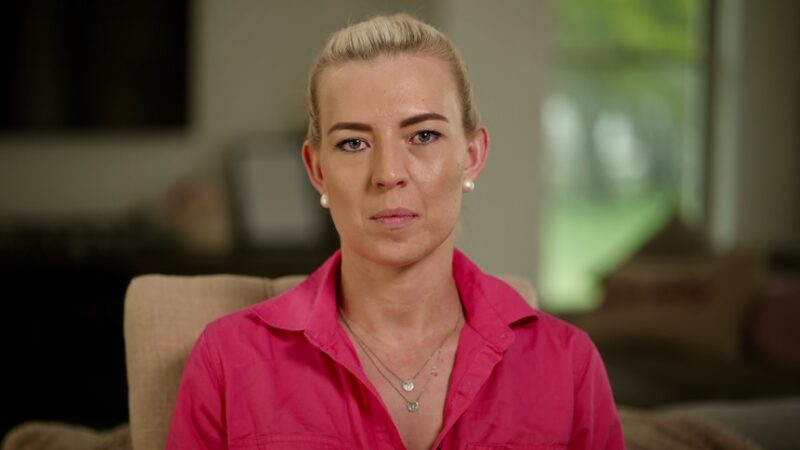Australians urged to practise sun safety this summer, with more than 400,000 people diagnosed with skin cancer each year

Last year Emily Hayes received a phone call that made her think her life was over.
“I just thought that was the end,” she said.
“They’d said it was a melanoma. I didn’t think that there was a way out.”
The 30-year-old lives in Queensland — the skin cancer capital of the world.
She’s a drive from some of the country’s most popular beaches, where thousands flock to enjoy the sun. That’s despite those UV rays killing more than 2,000 Australians each year.
Ms Hayes said until she was diagnosed with skin cancer, she didn’t realise the dangers of not having a daily sun safety routine.
“If I was going to the beach for the day it was good, but the general day-to-day hanging out the washing or mowing the lawn for half an hour, I wasn’t very good at all,” she said.
Luckily the melanoma mole that was “changing dramatically” on the side of her leg hadn’t spread to other parts of her body.
Each year about 18,000 Australian aren’t so lucky, diagnosed with invasive melanomas — the deadliest of all skin cancers.
“Melanomas can change within weeks, months, very quickly so I’m lucky to be here,” she said.
Yearly skin cancer diagnosis almost the same as ACT population
Professor Anne Cust said Australians were becoming more aware of the dangers of tanning, but not fast enough.
“Melanoma is actually the most common cancer in people aged 20 to 39 years, so young adults are really a high-risk group,” she said.
“Particularly for teenagers, they’re even more likely than adults to seek a tan.”
Professor Cust said people were still choosing to tan despite exposure to UV radiation causing 95 per cent of melanomas.
She said the damage of that choice was sometimes not evident for 20 years.
More than 430,000 people are annually diagnosed with non-melanoma skin cancer, according to the Australian Institute of Health and Welfare. That’s almost the population of Australian Capital Territory.
Treating the disease is a billion dollar burden on the Australian health system each year, with some researchers estimating a $1.7 billion bill.
The treatment for melanoma can be a months-long process involving strong therapies such as radiation and immunotherapy, which can cause side effects to memory, concentration, nausea, hair loss and fatigue.
Professor Cust said educating people about skin cancer saves lives — and the taxpayers millions of dollars.
“For every dollar that government spends on skin cancer prevention campaigns, it returns more than $3,” she said.
“In the long run, that’s things like less money spent on treating future skin cancers.”
On the front foot
A $10 million skin cancer awareness campaign, funded by the federal government, is underway to encourage good sun safety habits.
In Queensland, the state and federal government recently announced the construction of a $1 billion cancer centre to find a “range of new and innovative cancer treatments”.
Loading…
Additional skin cancer early detection centres will also be opened across the state give those diagnosed with cancer more of a fighting chance.
After being faced with the prospect of an early death, Emily Hayes urged people to not take the risk of tanning.
“We’re not educated enough to realise how dangerous the sun is and how we should protect ourselves and not be lying in the sun for hours, even half an hour,” she said.
“I have done it in my life. I didn’t think anything of it, I knew I would potentially blister and be in pain, but I didn’t realise that it can lead to something that can kill you.”
She said the government could also do more through initiatives like offering free sunscreen in public places.
“You really do need to be sun safe and do the right things because it’s scary and when you get told you have a melanoma,” she said.
Loading…








